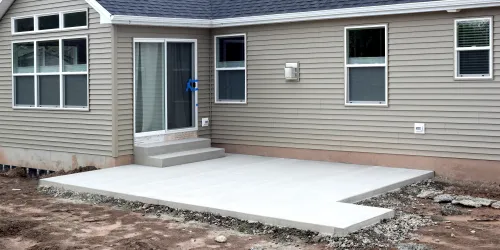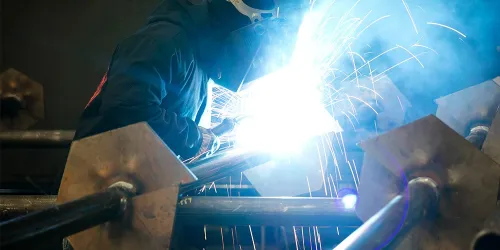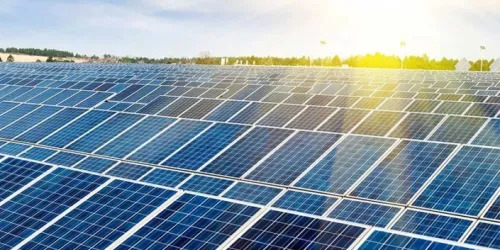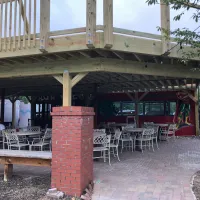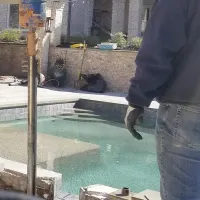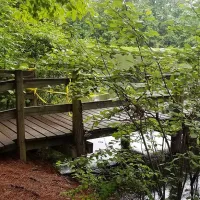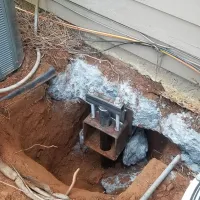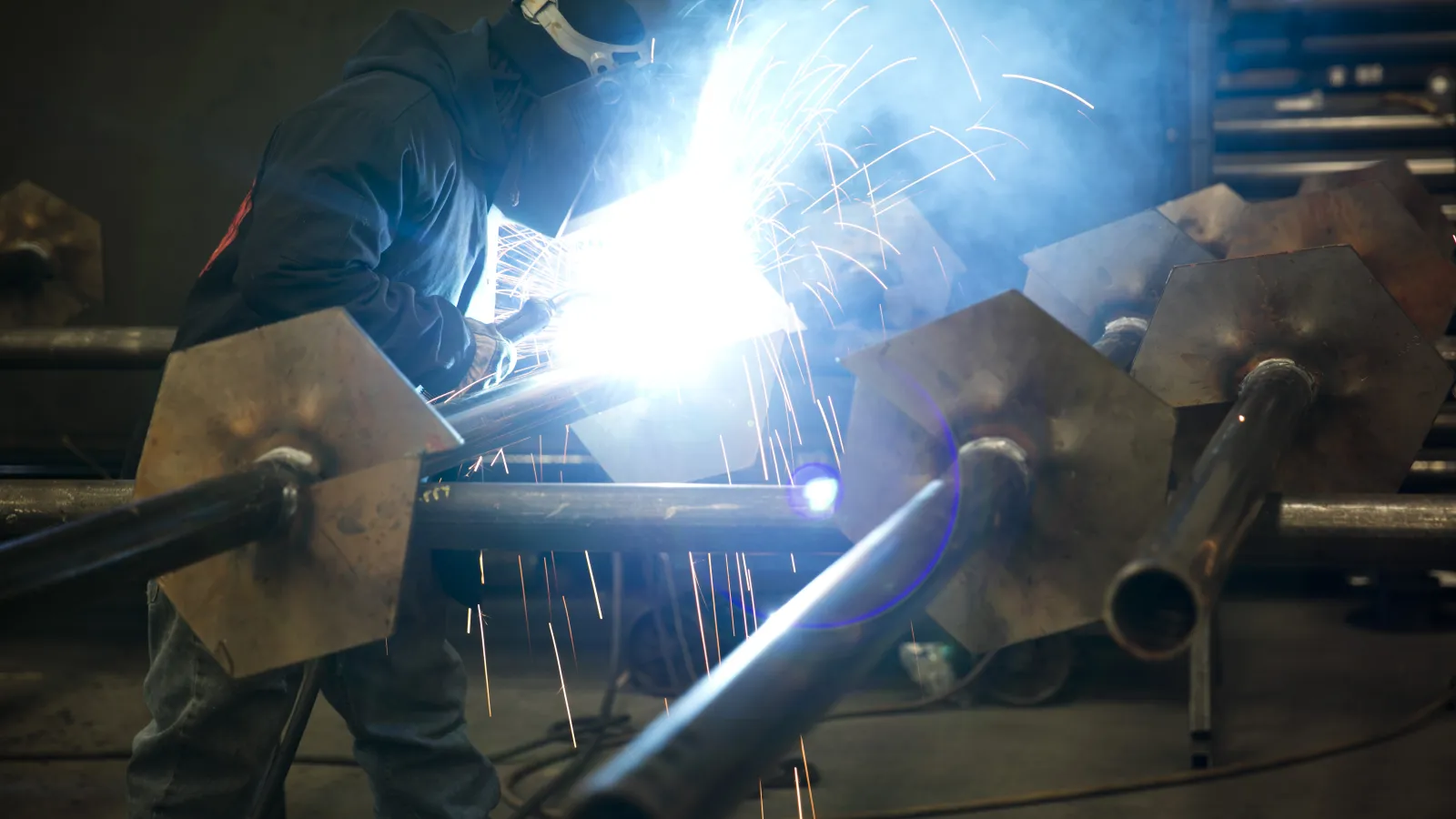
Experts From The
GROUND UP
Solutions, Services, & Commercial Products
From the Foundation Support & Solar Experts
Cantsink
Helical Piles
Add long-lasting support to your foundation
Our patented helical pile, with its' ICC-ES approved design, takes your foundation stabilization project to the next level. Cantsink's professional staff has worked with contractors and engineers on new construction support, home elevation issues, utility support, and more. Our products have also been able to provide remedial support to structures that did not have proper foundational stability.
How do
Helical Piles Work?
Perfect for new construction or remedial support
Helical piles
and I-beams (also known as H Beam and H Pile) are types of deep foundations
used to transfer load from structures above the ground to deep suitable soil. The
pile or beam soil capacity must be designed based on soil properties which are
determined from soil investigation such as boring logs.
Helical pile embedment depth can be approximated with some degree of accuracy which avoids any major changes/costs change during construction and delays on site.
ABOUT CANTSINK
HELICAL PILES
Our company has decades of experience in stabilizing foundations, and we are proud to offer products that are made in America, out of U.S. made steel. We offer guaranteed stability of your building project no matter the climate or conditions. Cantsink works directly with contractors to keep their projects on budget and on time by manufacturing the piers and anchors that are ordered quickly and accurately, therefore saving money on their projects.
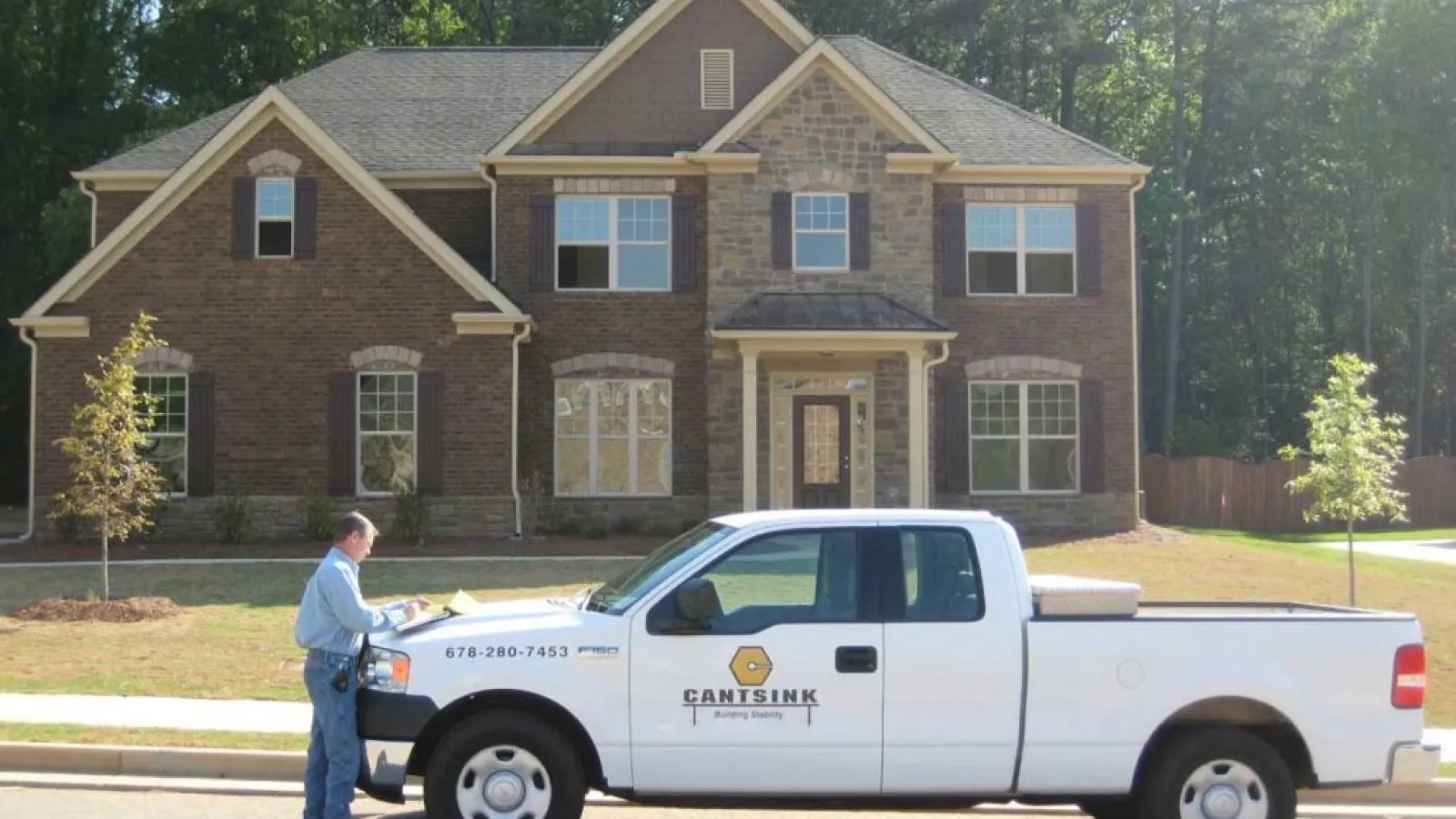

Net Zero
Energy
Net Zero
Energy
Company headquarters & manufacturing facility are both net-zero energy operations.

American
Made
American
Made
Manufactured in Cantsink’s Metro Atlanta facility.

100%
Steel
100%
Steel
Helical piles and driven solar beams are made with US steel.

Patented
Products
Patented
Products
Our patented helical pile, with its' ICC-ES approved design, takes your foundation stabilization project to the next level.
